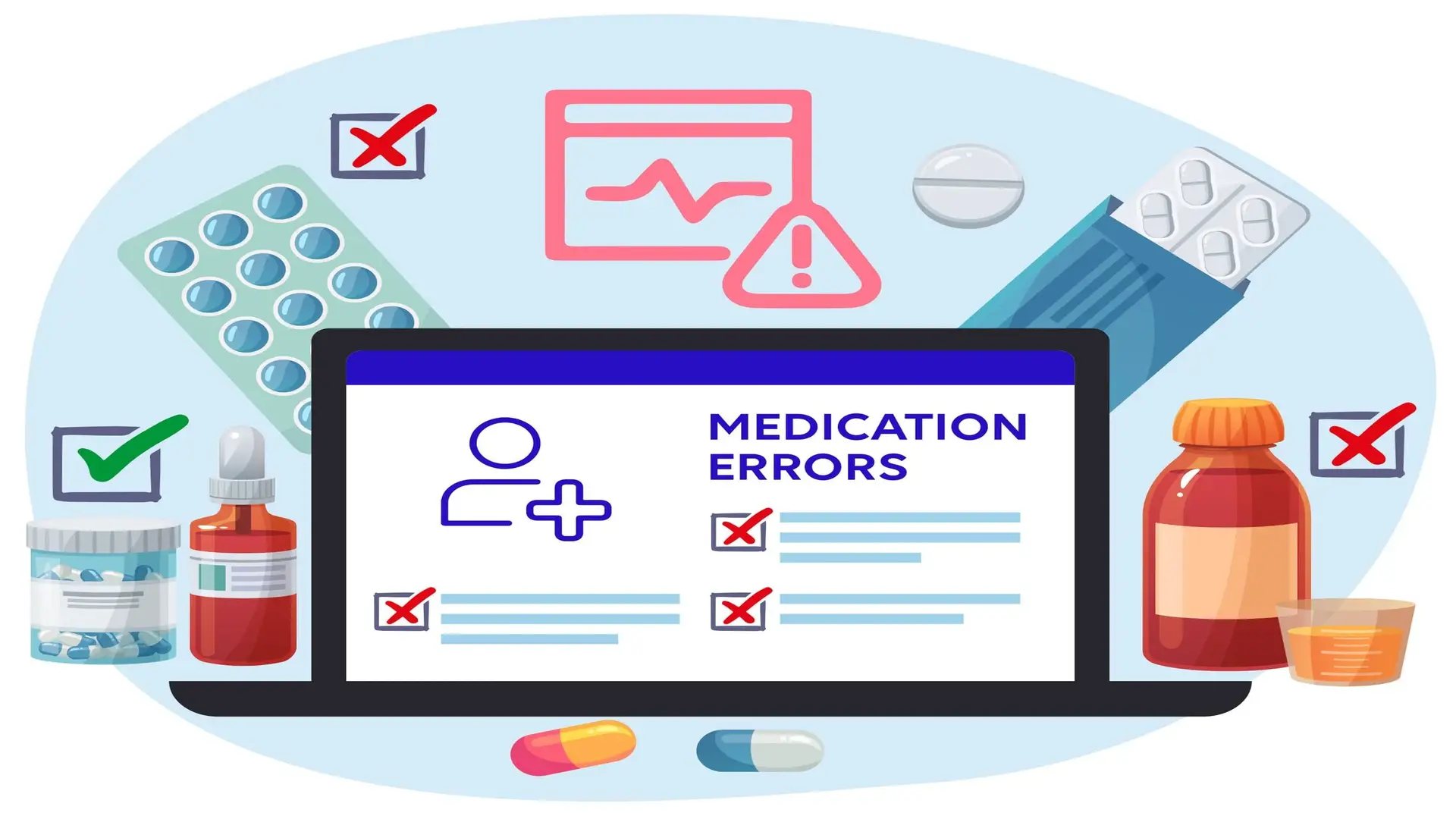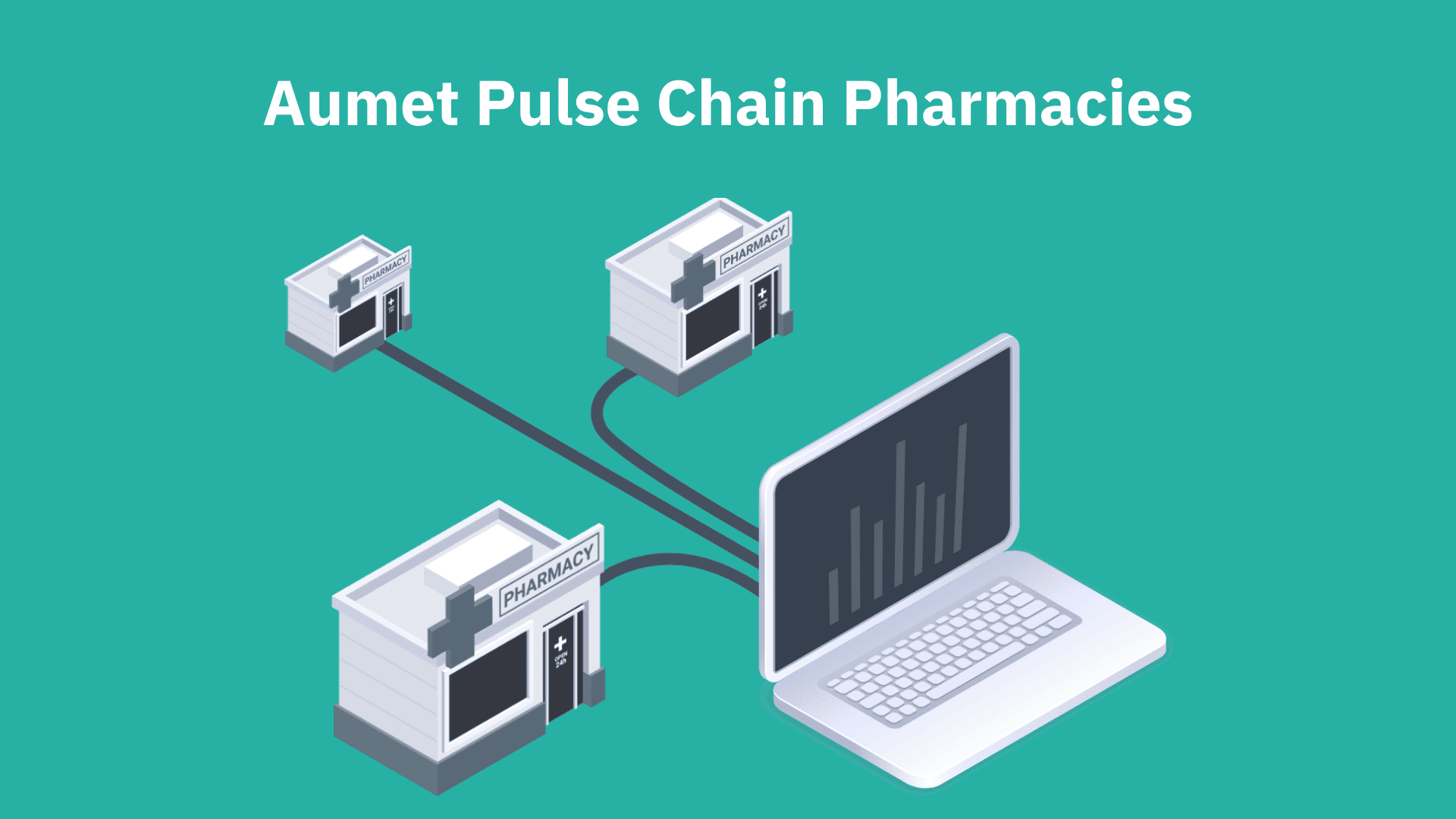Incorrect drug administration or dosages are just two examples of medication errors, which continue to be a significant problem in healthcare delivery and contribute to increased morbidity, mortality, and healthcare expenses (World Health Organization, 2017). Prescriptions that are traditionally written by hand are especially vulnerable to misinterpretation. By improving readability, detecting drug interactions, and automating dosage calculations, e-prescription systems—which enable medical professionals to electronically communicate prescriptions to pharmacies—seek to address these problems (Kaushal et al., 2003). This study uses a cross-sectional analysis of healthcare facilities that have implemented e-prescription systems to evaluate how effectively they reduce pharmaceutical mistakes.
2. Methodology
2.1 Study Design and Setting
Between January and April 2025, a cross-sectional study was carried out in three districts of [Your Country] at ten hospitals and twenty outpatient clinics.
2.2 Participants
Fifty nurses, 100 chemists, and 150 doctors who prescribe, dispense, and deliver drugs were among the participants. Having used e-prescription systems for at least a year was one of the inclusion criteria.
2.3 Data Collection
Structured questionnaires and a retrospective examination of medication errors reported six months before and after the deployment of the e-prescription system were used to gather data.
2.4 Outcome Measures
The frequency and types of reported drug mistakes were the primary outcomes. System usability, perceived efficiency, and user satisfaction were secondary objectives.
2.5 Statistical Analysis
Descriptive statistics were used for demographic information. Medication error rates before and after system adoption were compared using a paired t-test. The threshold for statistical significance was set at p < 0.05.
3. Results
3.1 Participant Demographics
The mean age of the 300 participants was 38.2 years, and 60% were female. The majority had worked for more than five years.
3.2 Change in Medication Errors
Before implementation, the average monthly number of reported medication errors per facility was 23.4; after implementation, it dropped to 9.7 (p < 0.001). The following common errors were reduced: illegible handwriting (100%), inappropriate dosage (33%), and incorrect medication (45%).
3.3 User Satisfaction
Seventy-two percent of participants believed that e-prescriptions enhanced provider–pharmacist communication, and 83% reported increased workflow efficiency.
3.4 Challenges Reported
The main challenges identified were initial training requirements, internet connectivity issues, and occasional system lags.
4. Discussion
The results support previous research showing that e-prescription systems significantly reduce medication errors (Abramson et al., 2011; Radley et al., 2013). These technologies improve provider productivity and patient safety by eliminating illegible handwriting and enabling automated checks. However, successful implementation requires adequate infrastructure, training, and ongoing technical support.
5. Conclusion
E-prescription systems offer an effective solution for reducing medication errors in clinical practice. Their integration into healthcare processes may lead to safer and more efficient patient care. To facilitate the digital transformation of healthcare, policymakers should prioritize investment in health IT infrastructure.
6. References
- Abramson, E. L., et al. (2011). Electronic prescribing and the reduction of medication errors. J Gen Intern Med, 26(6), 630–636. https://doi.org/10.1007/s11606-010-1569-1
- Kaushal, R., et al. (2003). Medication errors and adverse drug events in pediatric inpatients. JAMA, 285(16), 2114–2120. https://doi.org/10.1001/jama.285.16.2114
- Radley, D. C., et al. (2013). Reduction in medication errors after implementation of electronic health record systems. J Am Med Inform Assoc, 20(3), 470–476. https://doi.org/10.1136/amiajnl-2012-001311
- World Health Organization. (2017). Medication Without Harm – Global Patient Safety Challenge on Medication Safety. https://www.who.int/publications/i/item/WHO-HIS










